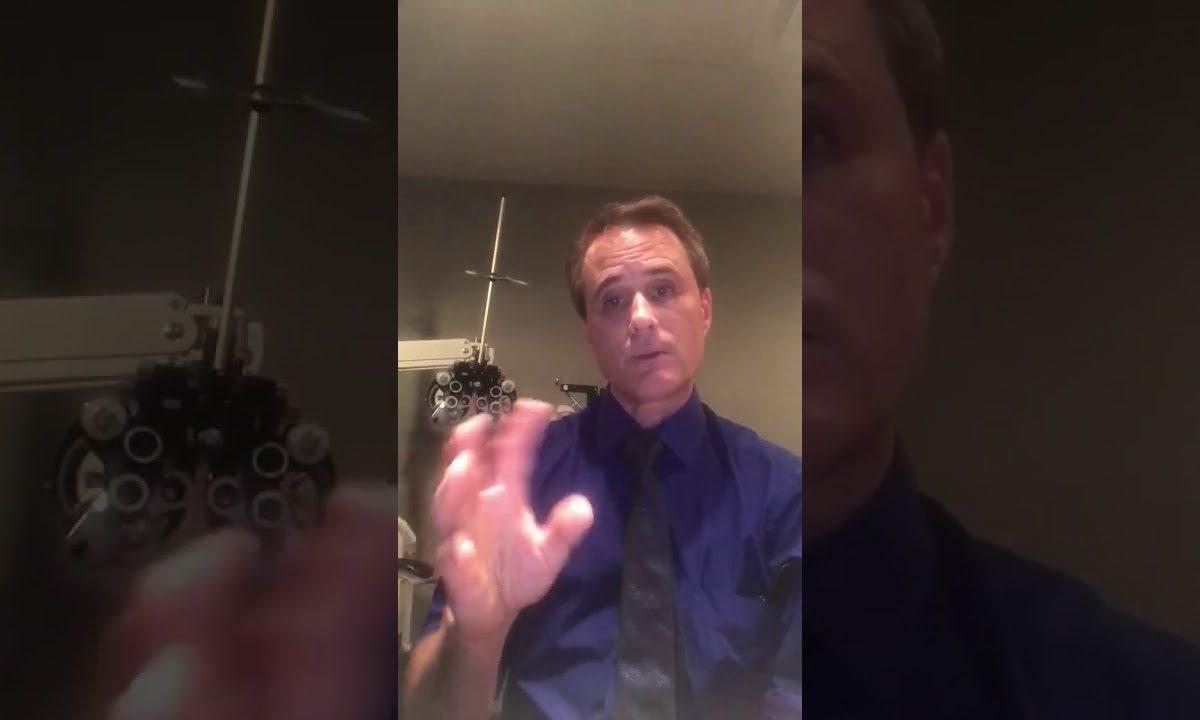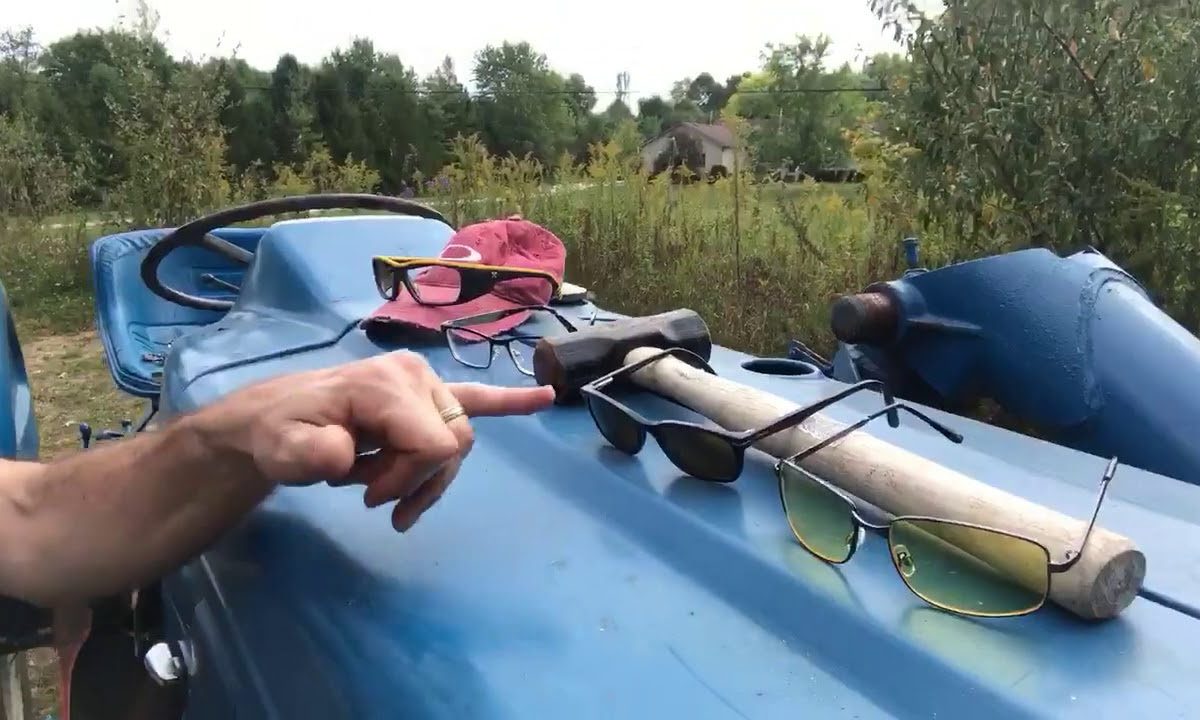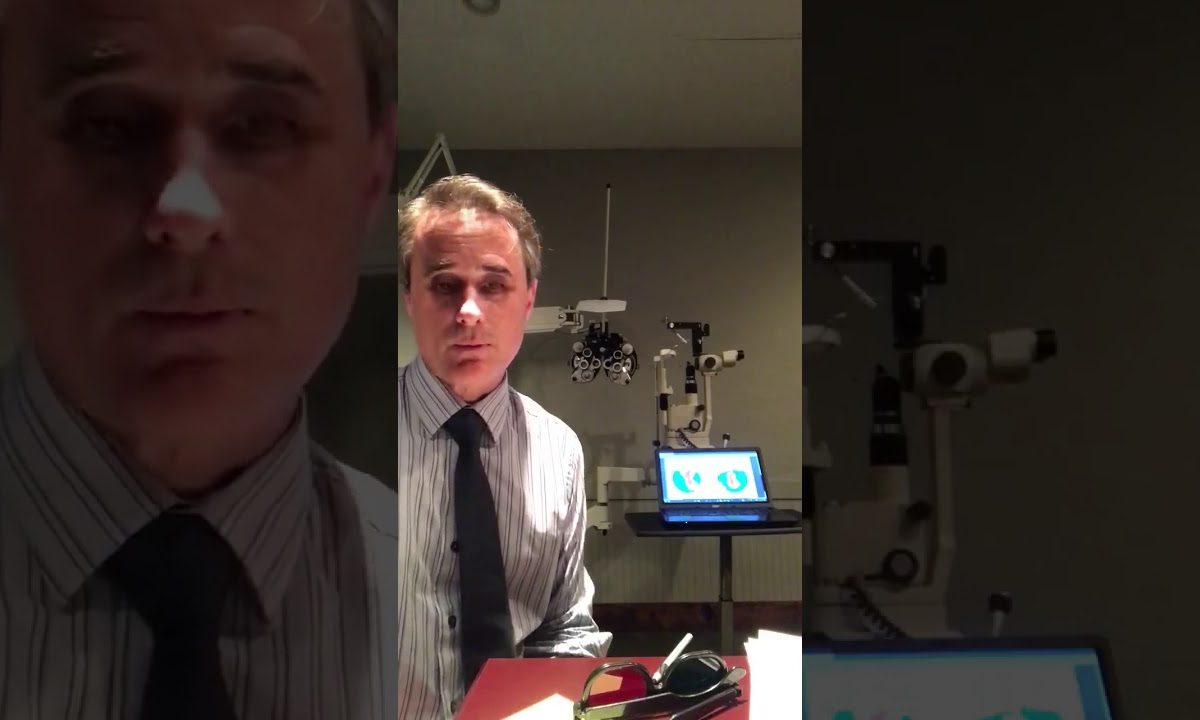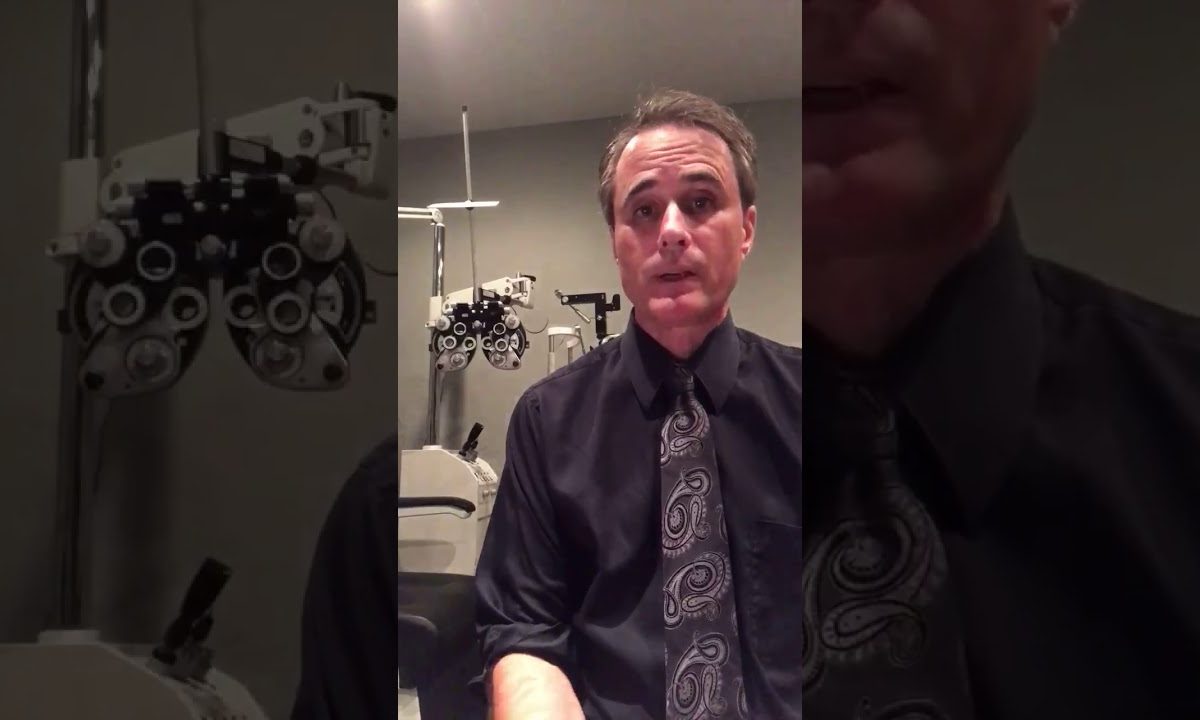What is a Lazy Eye?
Learn what is a lazy eye, how to fix a lazy eye & more in this short video by Dr. Wineland. Early detection is key. Schedule a kid’s eye exam today.
What is a Lazy Eye?
Lazy eye (amblyopia) is a vision condition where a child’s vision is blurry or reduced and cannot be corrected by glasses, contact lenses or eye surgery.
Unfortunately, lazy eye may have no warning signs at all. For this reason, among others, it’s crucial to have your child’s vision checked by a children’s eye doctor. Keep in mind that even if your child cannot read yet, there are special tests that can check their vision to detect lazy eye.
If you think you or your child is contending with a vision issue – like amblyopia – or you simply want to ensure their vision is supporting their living and learning needs, schedule an appointment with a team that specializes in amblyopia and vision therapy near Columbus, Ohio:
Learn about what causes lazy eye, how to fix a lazy eye and – most importantly – that early detection is key by watching this short video by Dr. Wineland:
Let’s talk about amblyopia, or “lazy eye.”
What Causes Lazy Eye?
Most of you have heard about amblyopia, or lazy eye, where one eye is actually not seeing clearly and sharply due to two factors:
The eye can be crossing in or crossing out
– or –
One of the biggest concerns is when there is a high prescription in one eye and a not-so-high prescription in the other eye
How to Fix a Lazy Eye
If we patch the good eye for about 2-3 hours a day with active use, we can recover the vision in the bad eye.
Patching can be done at an early age. The goal is to catch it early – before age 8 – but preferably even younger.
We can catch babies at six months and kids at two, three and four years old who have this condition. We can detect if they have lazy eye or are at a high risk for having lazy eye, and we can use an eye patch to restore vision.
Early Detection of Lazy Eye is Important
The main takeaway is: Early detection is very important. All children should be examined before age one, and then again at age three. Ages four through six are also great ages to get your child examined.
The longer you wait, the less likely it is to have a diagnosis for lazy eye.
Adults can benefit from eye patching, too. Active use of your bad eye, with the patch on your good eye, can help recover vision.
If you’re concerned about lazy eye in your child or yourself, be sure to talk with your eye doctor about it.
There is also medications and special glasses that can be used for amblyopic training.
Protecting Your Eyes with Prescription Safety Glasses While at Work or Having Fun
Eye protection is critical. See what Dr. Wineland wears for eye protection & learn more about types of eyeglass lenses.
Protecting Your Eyes with Prescription Safety Glasses While at Work or Having Fun
Your life is bustling from one minute to the next with numerous endeavors that keep your eyes busy.
On any given day, your eyes must help you drive your car, complete work tasks, work in the yard, exercise, use power tools, pursue your hobby, read a book, and so much more.
From one activity to the next, how do you ensure your eyes are protected and supported? Do you have multiple pairs of glasses and safety glasses that provide protection to your eyes?
Keep in mind: Your standard eyeglasses may not be the best option for every occasion.
With specialty eyewear and prescription safety glasses – eyeglasses designed for specific tasks – you can safely see clearly no matter what you’re doing.
Learn more about the different types of eyeglass lenses:
Learn what Dr. Wineland wears for eye protection when he engages in varies activities by watching this short video:
We’re going to talk about eye safety today.
My kids used to call me Mr. Safety, and now I kind of like to think I am Dr. Safety in some ways.
Eye protection is critical. This helmet I am wearing is from when I used to play hockey with a full field facial protection. I think that is important, as you don’t want to take any chances with an eye injury (and concussions).
I want to show you the different types of sun and eyeglasses I have for eye protection.
- I have the general protection glasses for things like weed whacking, using the chainsaw, and driving the tractor.
- I have my regular eyeglasses, which are big, but they give my eyes a lot of protection.
- I have my regular sunglasses. These give me a lot of protection and they’re polarized, too, and that gives me lot of extra help – especially looking into the water, about three to four feet. I’d like to think I am a better fisherman for that.
- Finally, I have my shooter lenses for practicing marksmanship and trying to bring home a deer every once in a while.
Then I have equipment here that I use a lot – like the weed whacker, chainsaw and even a mallet or hammer. When using tools like these, it’s vital to always wear effective eye protection or prescription safety glasses.
It’s really important to have that safety.
Even seemingly ordinary events like walking through the woods demands some sort of eye protection. There are branches from trees that can hit us – and I’ve had to treat a lot of eye infections and injuries because of these reasons.
Be safe and you won’t be sorry!
Are You Using Both Eyes? Let’s Talk About Suppression of an Eye
Does your vision system utilize both eyes? Learn about suppression & the tools used in anti-suppression tests by watching this short video.
Are You Using Both Eyes? Let’s Talk About Suppression of an Eye
Suppression of an eye is when the brain ignores the visual signals provided by one eye. Essentially, suppression is a method of compensating or adapting for a specific vision condition, like amblyopia (lazy eye) or strabismus (cross eyed).
With normal vision, the eyes are aligned and have an equally clear image. When they are pointed at the same object, the brain uses small cues to determine depth, size, shape, and more, and combines the images of each eye to see.
If one eye is experiencing blurry vision, the brain has a significantly harder time combining the images of each eye to compose one single image.
To compensate or adapt, the brain then suppresses visual input from the blurry eye. In the case of strabismus, where the brain would see multiple images, the brain would suppress visual input from the eye that is turned in.
If you think you or your child is contending with suppression of the eye, schedule an appointment so we can work to correct your visual system and have you using both eyes again:
Watch this short video by Dr. Wineland, where he discusses suppression and showcases the tools used in anti-suppression tests:
I’m going to discuss a special test we run on patients that have a condition called suppression. With this test, we can find out if the patient – child or adult – uses both eyes.
Did you know that 20-30% of patients don’t use both eyes? When you’re not using both eyes, it’s called suppression.
One eye may turn in, turn out, or just completely shut off deep within the brain.
When that happens, we won’t have stereo depth perception and you’ll have a lot of confusion with your vision system.
This can include:
- Poor hand-eye coordination
- Poor vision/coordination in sports (or the avoidance of sports completely)
- Poor concentration and attention
- Poor driving abilities
- Difficulty with schoolwork
- Frequently tired eyes
- Overall confusion and frustration
If you have any of these symptoms – or your child has any of these symptoms – be sure to talk with your eye doctor.
We can run an anti-suppression test using an instrument that shines four lights at once. Patients who pass the test will see all four lights at all times. Patients who don’t see all four lights may see versions of red only or green only.
Once we know what your vision is contending with, we can make a plan to help your vision improve.





